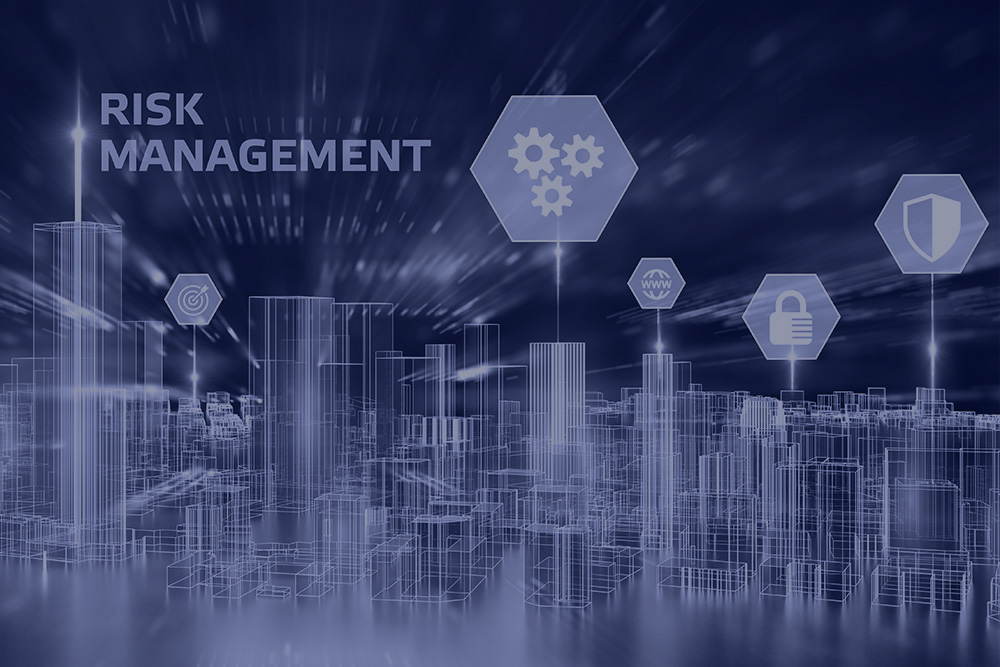In the ever-evolving realm of business, the management of risks is a critical endeavor that underpins success and sustainability. As businesses face an array of potential challenges, from financial uncertainties to operational disruptions, the implementation of effective risk management strategies becomes paramount. This article delves into four distinct risk management techniques, including the utilization of insurance, and highlights the significance of employing a range of tools to safeguard business interests.
1. Risk Identification and Assessment
The foundation of any robust risk management approach lies in the identification and assessment of potential risks. This technique involves a comprehensive analysis of internal and external factors that could impact the business negatively. By conducting thorough risk assessments, businesses can proactively recognize vulnerabilities, prioritize risks based on their potential impact and likelihood, and develop strategies to mitigate them.
2. Risk Mitigation Strategies
Once risks have been identified and assessed, the next step is devising risk mitigation strategies. This entails implementing measures to reduce the likelihood of risks occurring and minimizing their potential impact. Risk mitigation techniques can vary widely depending on the nature of the risk. Examples include implementing redundant systems to ensure business continuity, diversifying suppliers to reduce dependency, and adhering to regulatory compliance to avoid legal and financial repercussions.
3. Utilizing Insurance as a Risk Management Technique
Insurance is a fundamental risk management tool that provides financial protection against a range of potential risks. Businesses can leverage various types of insurance policies, such as property insurance, liability insurance, and business interruption insurance, to mitigate potential losses. Insurance helps transfer some of the financial risk to an insurance provider, providing a safety net in case of unforeseen events. Selecting the appropriate insurance coverage requires a clear understanding of the business’s unique risks and consulting with insurance experts.
4. Business Continuity Planning
Business continuity planning is a proactive risk management technique aimed at ensuring that essential business functions can continue during and after a disruptive event. This technique involves developing comprehensive strategies and procedures to maintain critical operations, IT infrastructure, communication systems, and customer service even in the face of unexpected disruptions, such as natural disasters or cyberattacks. Business continuity planning helps reduce downtime, minimize revenue loss, and maintain customer trust.
Embracing a Toolkit of Risk Management Techniques
Effective risk management relies on a diverse toolkit of techniques and tools to comprehensively address potential threats. By combining risk identification, assessment, mitigation, and insurance, businesses can create a multi-layered defense strategy that minimizes vulnerabilities and optimizes opportunities. Additionally, risk management tools and techniques, such as advanced data analytics, simulation models, and technology platforms, enhance the precision and agility of risk assessment and response.
The eMaxx Approach to Risk Management
eMaxx Group recognizes the complexity of modern risk landscapes and offers advanced risk management technology solutions. These solutions empower businesses with cutting-edge tools and techniques to identify, assess, and mitigate risks effectively. By leveraging eMaxx’s expertise and technology, businesses gain a competitive advantage in navigating uncertainties and safeguarding their operations.
Conclusion: A Proactive Stance Toward Risk Management
In a world where uncertainties are the norm, businesses that adopt a proactive stance toward risk management stand poised for resilience and success. Implementing a combination of risk management strategies, such as risk identification, mitigation, insurance utilization, and business continuity planning, provides a comprehensive shield against potential threats. By embracing a diverse toolkit of risk management techniques and leveraging specialized expertise, businesses can navigate challenges with confidence, protect their interests, and position themselves for sustainable growth in a rapidly changing landscape.

